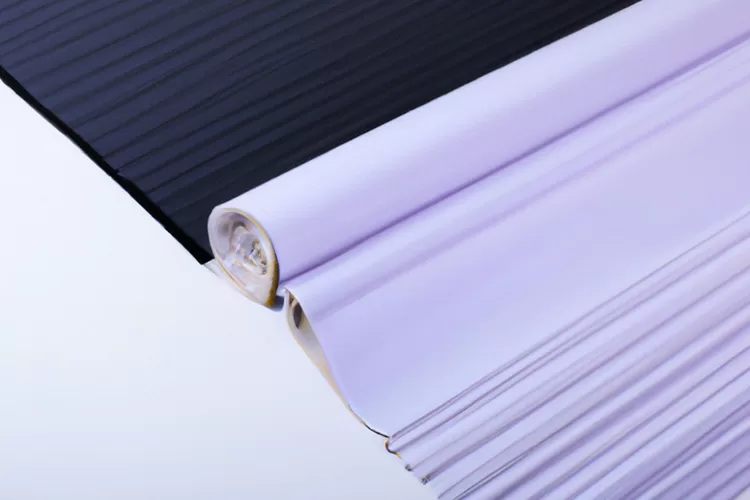"DTF Transfer Film vs Traditional Heat Transfer Vinyl: A Comprehensive Comparison of Advantages and Disadvantages"
When it comes to custom apparel printing, there are several methods to choose from, including screen printing, direct-to-garment printing, and heat transfer vinyl. Heat transfer vinyl (HTV) has been a popular method for many years, but in recent years, DTF transfer film has emerged as a viable alternative. In this article, we will compare the advantages and disadvantages of DTF transfer film and traditional heat transfer vinyl.
Advantages of DTF Transfer Film
1. Versatility: DTF transfer film can be used on a wide range of fabrics, including cotton, polyester, and even leather. This makes it an ideal solution for custom apparel, sportswear, fashion, and even home decor.
2. High-quality prints: DTF transfer film offers high-quality, full-color designs with excellent color accuracy. There is no limit on the number of colors or design complexity, making it ideal for intricate designs.

3. Durability: DTF transfer film prints are durable and long-lasting, and they don't crack or peel over time, even after multiple washes.
4. Cost-effective: DTF transfer film requires minimal setup costs and can be used for both small and large production runs, making it a cost-effective solution for custom apparel printing.
5. Easy to use: DTF transfer film is easy to use, and the process can be completed quickly, reducing turnaround times.
Disadvantages of DTF Transfer Film
1. Requires a printer: DTF transfer film requires a special printer, which can be expensive to purchase and maintain.
2. Film storage: DTF transfer film must be stored in a cool, dry place to prevent damage or degradation.
3. Transfer process: DTF transfer film requires a heat transfer process, which can be more complicated than traditional heat transfer vinyl.
Advantages of Traditional Heat Transfer Vinyl
1. Cost-effective: Traditional heat transfer vinyl is a cost-effective solution for custom apparel printing, especially for small production runs.
2. Easy to use: Traditional heat transfer vinyl is easy to use, and the process can be completed quickly, reducing turnaround times.
3. No special equipment required: Traditional heat transfer vinyl does not require any special equipment, making it an accessible solution for small businesses or startups.
Disadvantages of Traditional Heat Transfer Vinyl
1. Limited fabrics: Traditional heat transfer vinyl is limited to certain fabrics, such as cotton and polyester, making it unsuitable for some applications.
2. Limited color options: Traditional heat transfer vinyl has limited color options, making it unsuitable for full-color designs or intricate patterns.
3. Durability: Traditional heat transfer vinyl prints can crack or peel over time, especially after multiple washes.
Conclusion
In conclusion, both DTF transfer film and traditional heat transfer vinyl have their advantages and disadvantages. DTF transfer film is a versatile solution that offers high-quality, durable prints, but it requires special equipment and storage. Traditional heat transfer vinyl is a cost-effective solution that is easy to use but has limitations on fabrics and colors, and can be less durable over time. Ultimately, the choice between DTF transfer film and traditional heat transfer vinyl will depend on your specific needs and budget.
